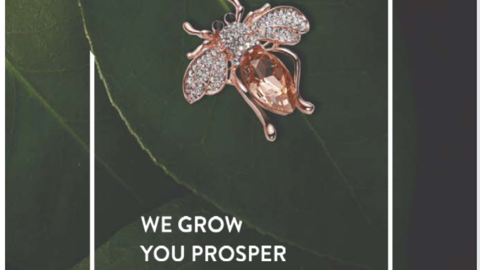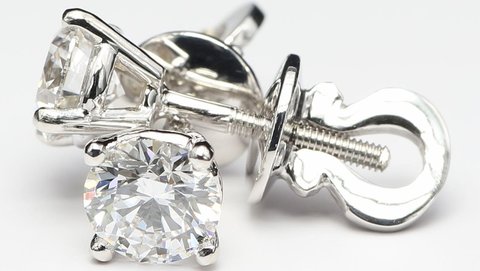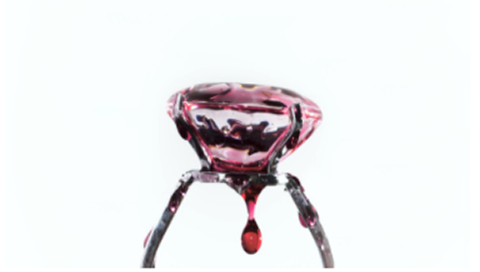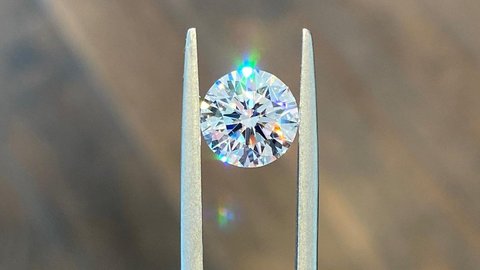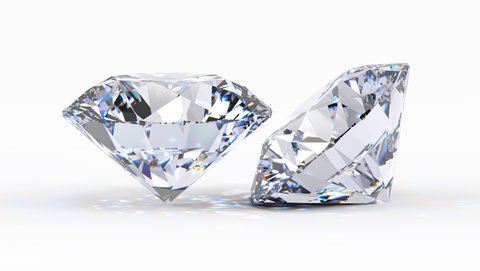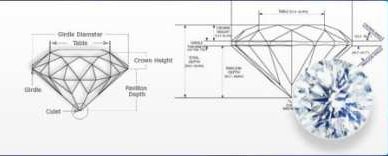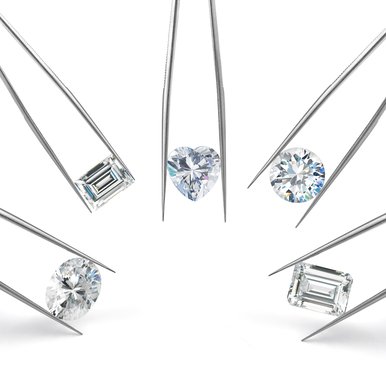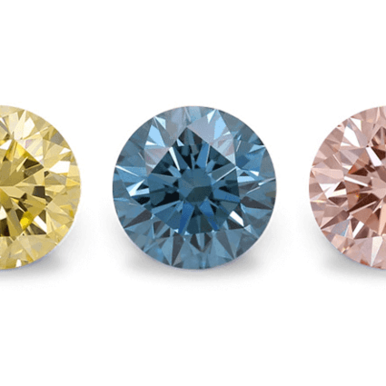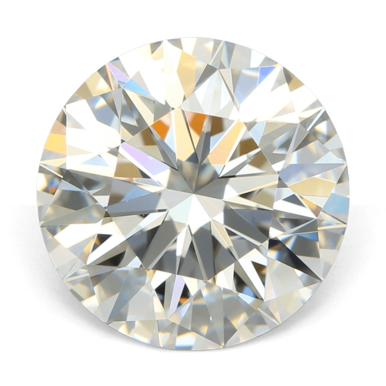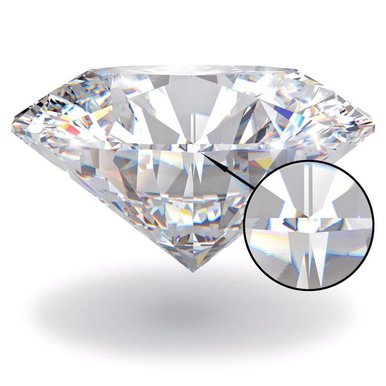Are Lab-Grown Diamonds Popular?
First let’s define what is diamond popularity.
Industry experts measure popularity by analyzing market demand, sales figures, consumer preferences, and market research data. By examining these factors, a clear picture emerges of the growing acceptance and interest in lab-grown diamonds across various sectors.
According to experts, there the following factors that drive lab grown diamond popularity:
Ethical sourcing,sustainability, affordability, transparency, millennial appeal.
Most Popular Industrial Uses of Lab-Grown Diamonds
| Industrial Use | Description | Market Demand |
|---|---|---|
| Machining and Cutting Tools | Leveraging their extreme hardness, lab-grown diamonds are used in saw blades, drill bits, and grinding wheels for superior cutting performance and extended tool life. | Very High - These tools are essential across various industries like construction, automotive, and aerospace, driving a constant demand for high-quality abrasives. |
| Thermal Management | Lab-grown diamonds boast the highest thermal conductivity of any known material. This makes them ideal for heat sinks in electronics, efficiently dissipating heat from high-power components like lasers and transistors. | High - The increasing miniaturization and power demands of electronic components necessitate efficient thermal management solutions. |
| Water Treatment | Specific types of lab-grown diamonds can be used as electrodes for electrochemical water treatment processes. These electrodes are highly resistant to corrosion and allow for the efficient removal of pollutants from industrial wastewater. | Emerging - While promising, this application is still under development but holds potential for specialized industrial wastewater treatment due to its effectiveness with highly contaminated water. |
| Optics | Lab-grown diamond windows offer exceptional scratch resistance, high light transmission, and thermal stability, making them valuable for specialized optical applications like high-power lasers and scientific instruments. | Moderate - The demand exists primarily in niche, high-performance optical applications. |
Market demand is a relative term in this context. Machining and cutting tools represent the most established and widely used industrial application for lab-grown diamonds. Thermal management has a strong and growing market, while water treatment and optics use cases are promising but at earlier stages of development.
Most Popular Jewelry Uses of Lab-Grown Diamonds
| Jewelry Use | Description | Market Demand |
|---|---|---|
| Engagement Rings | Lab-grown diamonds are increasingly popular for engagement rings, offering the brilliance and beauty of mined diamonds at a lower price point. | Very High - Engagement rings represent a significant portion of the diamond jewelry market, and lab-grown diamonds are a compelling option for cost-conscious consumers seeking a luxurious look. |
| Earrings and Pendants | Lab-grown diamonds are well-suited for earrings and pendants due to their durability and ability to sparkle beautifully. | High - These are classic and versatile jewelry pieces with enduring popularity. The affordability of lab-grown diamonds makes them even more attractive for everyday wear. |
| Statement Pieces | Lab-grown diamonds can be created in a wider variety of colors than mined diamonds, making them ideal for unique and eye-catching statement pieces. | Moderate - Statement jewelry caters to a specific style preference, but the growing consumer interest in lab-grown diamonds for their ethical and sustainable aspects can fuel demand for these unique pieces. |
| Stackable Rings and Bracelets | The affordability of lab-grown diamonds allows for the creation of trendy, stackable pieces that add a touch of luxury to everyday outfits. | Growing - Stackable jewelry is a popular trend, and lab-grown diamonds provide a cost-effective way to participate in this style. |
Engagement rings and earrings/pendants are established categories with high demand. Statement pieces and stackable jewelry represent growing trends where lab-grown diamonds offer a unique advantage.





